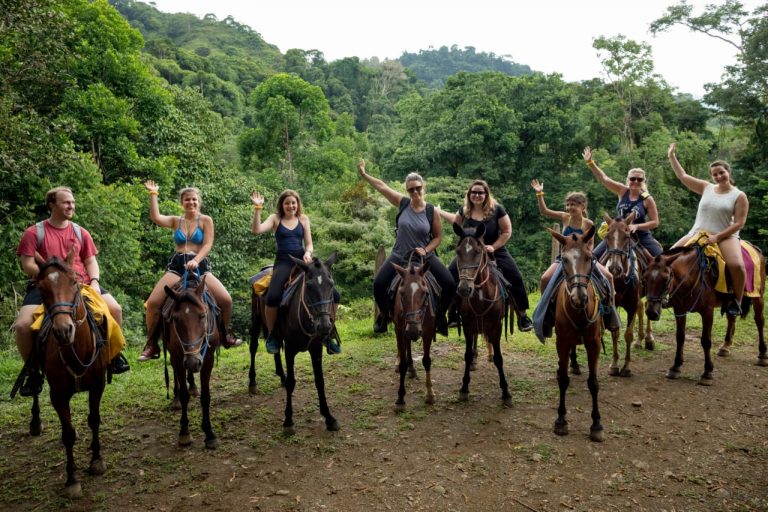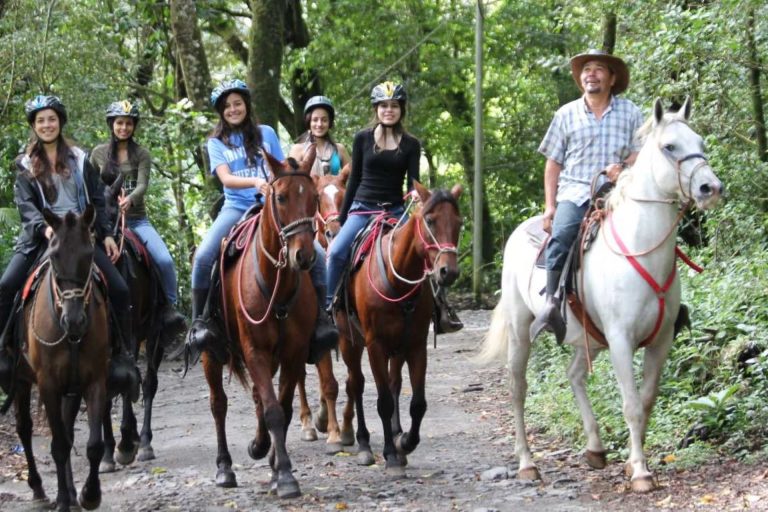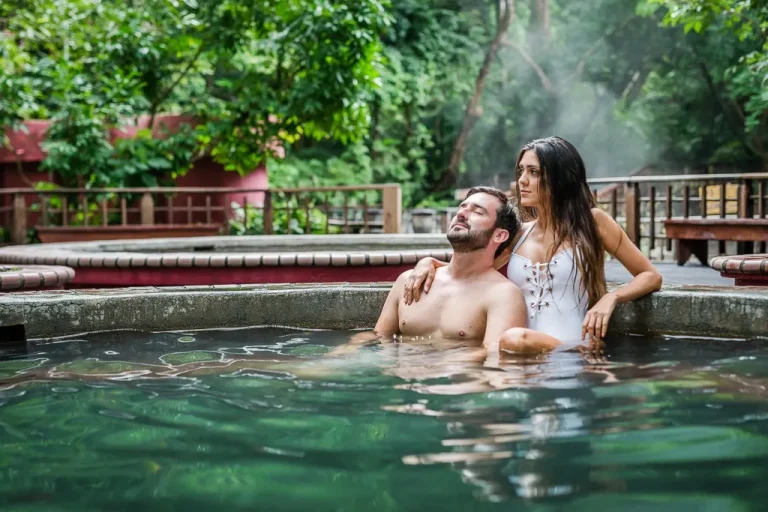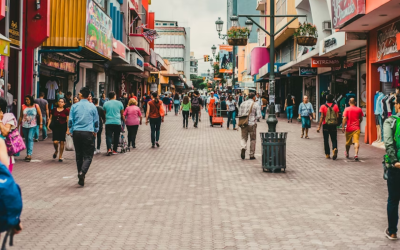“El Tope” in Costa Rica resembles a captivating equestrian spectacle. It’s an exhilarating horseback riding parade where individuals gather to witness accomplished riders demonstrate their skills while astride majestic horses.
Typically, this lively horse parade is a focal point during other local celebrations, where spectators and riders wear their finest cowboy attire, complete with leather boots and hats. Intrigued? Let us uncover the details!
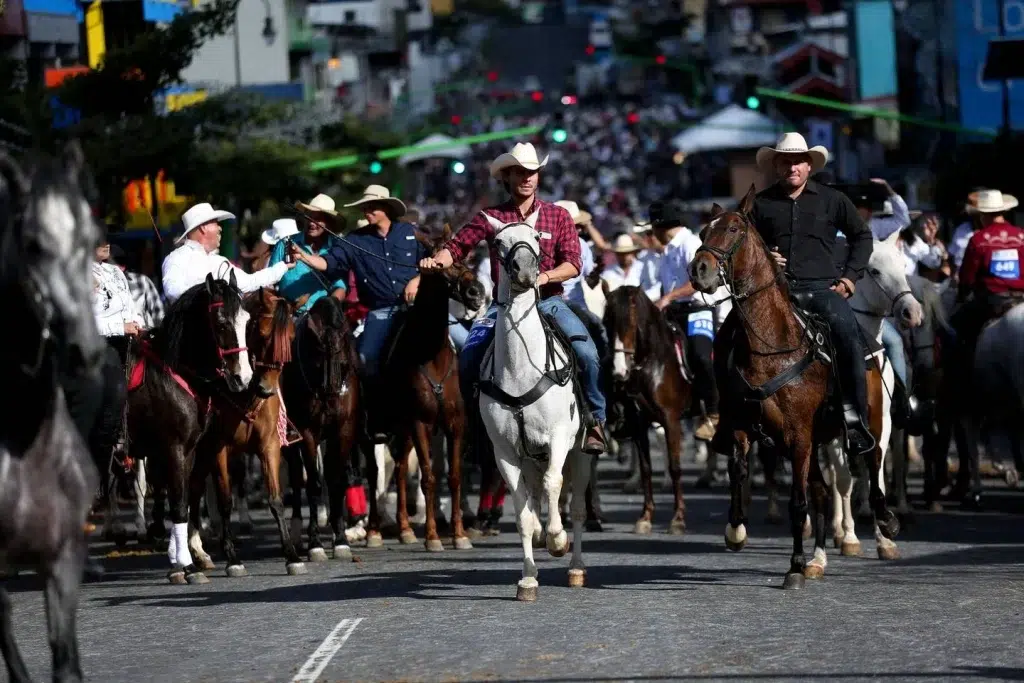
Where and When Is This Parade Held?
Many “topes” are held in multiple cities across the country throughout the year. The first one of each year takes place in Palmares, followed by similar events in Alajuela, San Carlos, Santa Ana, and other locations.
Nevertheless, the most magnificent celebration, recognized as El Gran Tope Nacional, unfolds in the capital city of San Jose every December. The procession extends from Plaza Viquez to Sabana Park, where a crowd of eager spectators awaits the grand rider’s parade.
What Does the Tope Nacional Celebrate?
Costa Ricans celebrate this holiday in honor of National Horsemen Day, making it an early national event that beautifully embodies Tico folklore and brings together thousands of equestrian enthusiasts.
What’s the origen of this celebration?
There are many versions of how the “tope” origen, but it’s essential to go back in time for each one. One of the versions says that it all started about 80 years ago when the United Fruit Company used to import the cattle that would be ridden on the banana plantations.
The workers would take the lead as riders and go with their horses to the port in Limon to meet up, or, as said in Costa Rica, “topar,” the cattle. Over time, neighbors gathered on the sidewalks for the occasion.
Another theory is that money was needed to fix San José after the earthquake in 1871. To raise money to rebuild the Metropolitan Cathedral, the Catholic Church organized events in nearby towns.
Fairs were held in the surrounding towns to raise money for construction. As a result of these fairs, the proceeds should be transferred to St. Joseph’s. The money would be carried by some of the most influential men in the city, who would be met at the halfway point by men from St. Joseph. For this task, both groups of men would use their best horses.
Construction materials like stone, wood, and paint would also be transported on ox carts. This parade would be led by some of the best Costa Rican horses. The parade continued after the cathedral was finished.
A third explanation is that it started as a horse race in colonial times. During Fiestas de San Juan, a bullfighting and horse racing competition, a horse race kicked off the festivities. Watching the fastest horses and best jockeys compete was a big draw. Over the years, it evolved into El Tope.
No matter the root of this national holiday, nowadays, the tope is an annual celebration all about the riders parading through the city, showing off their best costumes and finest horses.
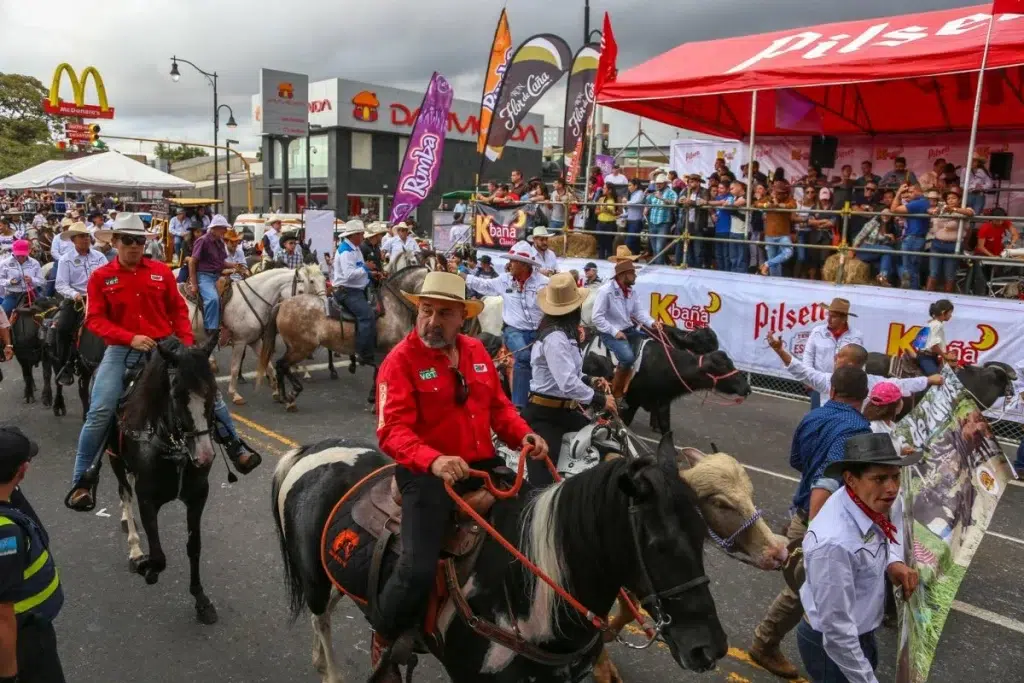
How do people participate in “El Tope”?
Some people sign up to parade either with their own horses or with rented ones. The three most common breeds amongst the horseback riders are the Costa Rican Creole, the Latin American, and the Pure Spanish bred, all of which have a value that oscillates between $17K to $62K.
To ensure adequate treatment for the horses participating in the parade, the owners and riders are asked to follow a series of guidelines and recommendations, including:
- The horses must not be sick or injured. They may not participate if they have an advanced pregnancy or are in heat.
- All animals must be well-fed and hydrated before the activity and transported to a suitable and safe space.
- The animals must be supervised at all times, and the armor they wear, like the saddle or mouth break, must not hurt or injure them.
- The horses and mares may not be beaten in a rude or abusive manner; equestrians are not allowed to stand on the saddle; only one person, the rider, may be on the horse, and the boots worn by them may not hurt the horse either.
The atmosphere at each horse parade
During the tope, there is never a dull moment for anyone. Street vendors seize the moment, offering traditional foods, drinks, hats, sunglasses, and other items for the people watching. People bring chairs and blankets to lay out on the street, while others make barbecues and blast music for people to sing and dance along to.
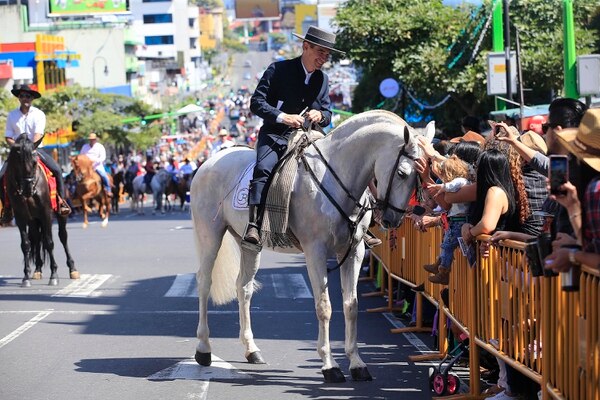
National Holidays in Costa Rica that Are Celebrated with a “Tope”
If you’re curious about what Costa Rica celebrates through “topes,” the answer would be plenty of things. As mentioned, many “topes” occur in different locations around Costa Rica throughout the year.
Some of the most popular include:
Festival de Santa Cruz
This celebration takes place in January in Santa Cruz, located in Guanacaste. Each January 14th, residents of the area participate in many activities in honor of their patron saint, “El Santo Cristo de Esquipulas.”
The festivities include:
- Savoring traditional cuisine
- Bullfighting
- A procession of horse riders
- Engaging in gunpowder games
- Numerous concerts
- Lively masquerades that wind through the streets
Carnaval de Puntarenas
During the last week of February, Puntarenas holds the Festival of the Queen, which unites processions that traverse the heart of Puntarenas.
Here you’ll see “comparsas,” which are dance troupes, masked performers, stilt-walkers, and indigenous music ensembles. Also, people gather for other activities, including fishing, sports competitions, musical performances, horse parades or “topes,” firework displays, and the crowning of the Carnival Queen.
The annexation of the Guanacaste province
Every July 25th, Costa Ricans commemorate the annexation of the Nicoya district to the province of Guanacaste, marking a significant milestone in history. This region constitutes a substantial portion of the present-day picturesque province.
The celebrations on this date encompass bullfighting, “topes,” carnival amusements, folk dancing, culinary stalls offering delectable treats, captivating marimba melodies, and a variety of unforgettable cultural activities.
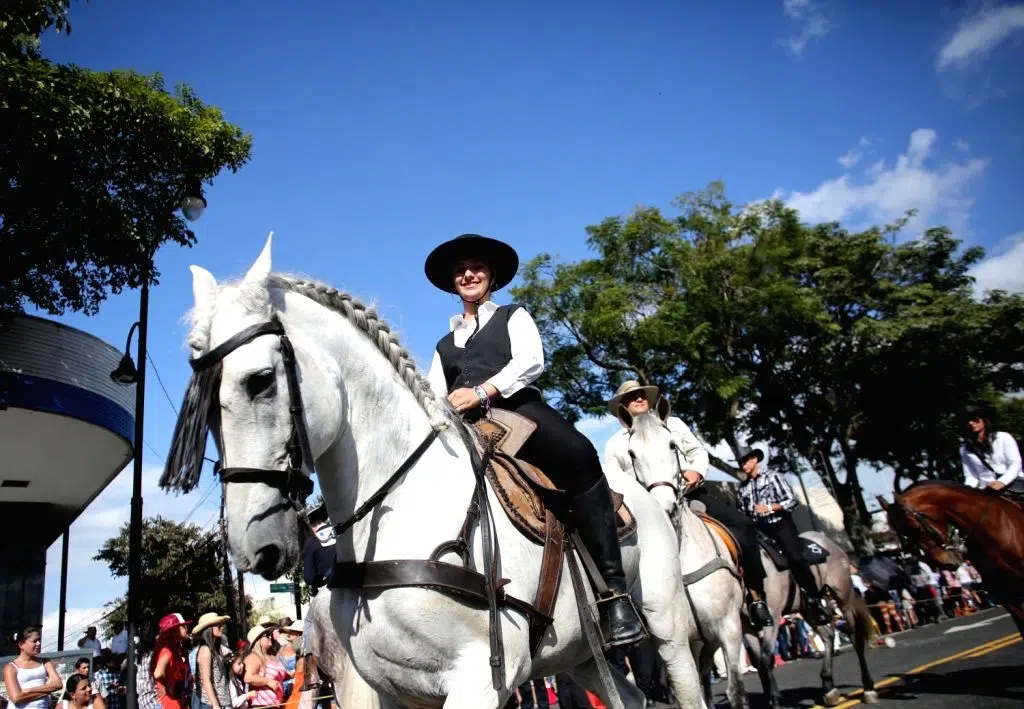
Be Part of the Celebration in Costa Rica!
There’s something unique about watching the rhythmic gallop, dazzling equestrian displays, and vibrant atmosphere all combine during “topes” to create an unforgettable experience that truly showcases the heart and spirit of Costa Rican culture.
While there are numerous other national holidays in Costa Rica, such as Festival de la Luz, Los Angeles Day, Costa Rica’s Independence, and Fiesta de los Diablitos, which draw thousands of people from across the country, these vibrant festivities notably lack the exhilarating spectacle of horse parades, or “topes.”
If you’re eager to uncover more about Costa Rica’s rich cultural tapestry and unique celebrations, don’t hesitate to contact Find My Costa Rica with any questions. We can help you plan your perfect, fun vacation. Keep exploring our blogs to learn more about our country’s beauty.

